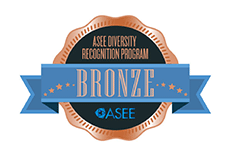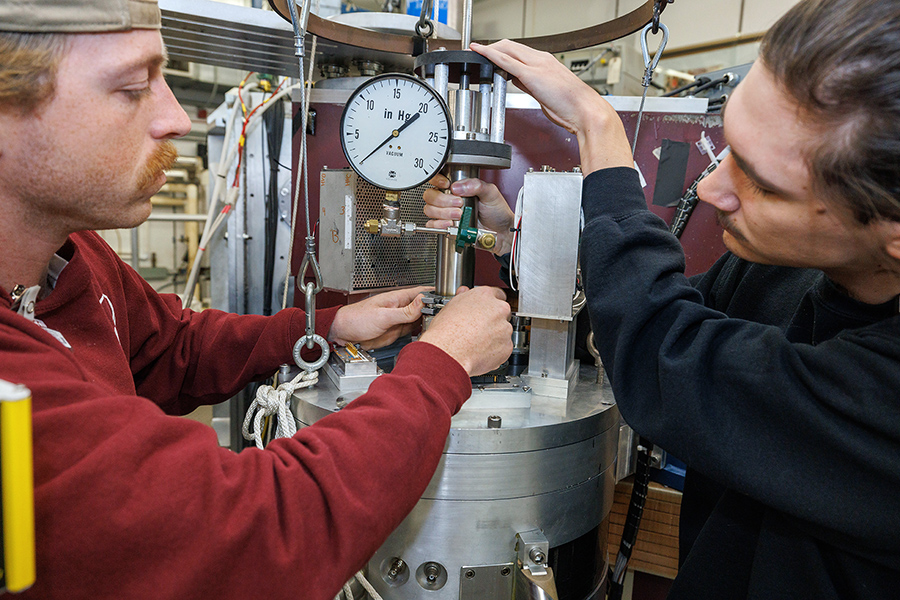Of 74 schools who received a Bronze Award, Oregon State was one of 28 awarded the highest recognition offered in the program’s inaugural year.
“The College of Engineering has made a concerted effort in recent years to cultivate a more diverse and inclusive community, and this recognition demonstrates our progress,” said Scott Ashford, Kearney Professor and dean of the College of Engineering. “But it’s also a reminder that we still have work to do in changing the culture and creating an environment where every member of our engineering community feels a sense of belonging.”
The ASEE Diversity Recognition Program was created to accelerate goals spelled out in the ASEE Diversity Pledge and to “publicly recognize those engineering and engineering technology colleges that make significant, measurable progress in increasing the diversity, inclusion, and degree attainment outcomes of their programs,” according to the program’s website.
The program includes recognition at three levels of achievement: Bronze, Silver and Gold. An institution must attain the Bronze level first before applying for Silver and must have the Silver level before applying for Gold. Because this year is the first year recognition is being conferred, only the Bronze level can be awarded.
Ashford added that the college “is committed to this important initiative” and has included achieving Gold status as a performance goal in the college’s strategic plan.
The Diversity Pledge, created in January 2017, has four components:
- Develop a plan that articulates the definition and the vision of diversity and inclusiveness for the institution; assess its need or justification; provide a statement of priorities and goals; commit to equity, implicit bias and inclusion training across the school; define accountability; and assess the plan through various means including surveys.
- Commit to at least one K-12 or community college pipeline activity with explicit targeted goals and measures of accountability aimed at increasing the diversity and inclusiveness of the engineering student body.
- Commit to developing strong partnerships with non-Ph.D.-granting engineering schools serving diverse populations in engineering.
- Commit to the development and implementation of proactive strategies to increase the representation of diverse groups among faculty.
Success is measured by diversity in enrollments; retention and graduation rates; and increased diversity in faculty and in the workforce.
The OSU College of Engineering has 50 women among its tenured or tenure track faculty, up from 24 in fall 2014.



